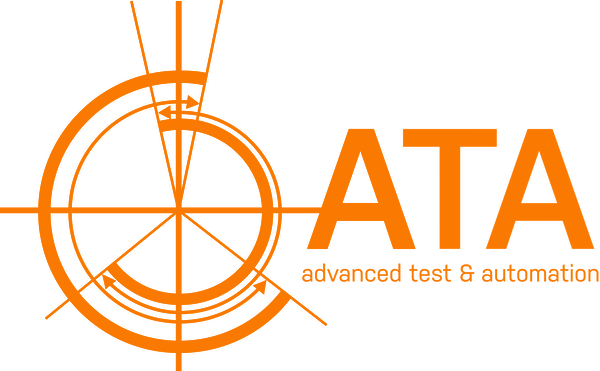HOW TO INTRODUCE OIL AERATION
Need a Solution?
ATA Aerify™ can accurately measure oil aeration levels in real-time. It intelligently captures changes in aeration through a continuous flow from the oil sump or galleries of an engine, transmission or test bench.
Click here to learn more.
There are a number of ways to introduce air into the oil to obtain a certain level of aeration. Of course for a test to be fully relevant, the introduction of air must be coupled with a good aeration percentage measurement system (learn more about aeration measurement) that is coupled with a good software-based control system to regulate the introduction of air into the oil. There are two predominant methods for achieving oil aeration:
Suction Port T-Fitting
In this method the suction port of either the component under test (a suitable component such as an engine or transmission oil pump) or the test system transfer pump has a T-connection in it, which allows the introduction of air into the suction port in addition to the incoming oil flow. This air introduction can be metered using a small needle valve. The air flow going through the valve can also be measured using an accurate air flow sensor. This is done to benchmark the air flow rate. It should be noted that aerating the suction port of the test system transfer pump can have unintended effects on the durability of the test system itself. Aeration will severely reduce the life of that pump and it will fail catastrophically in short order (read the reasons why).
Direct Injection
In this method air is injected directly into the fluid flow. This methodology consists of a tube with a porous section in it. This tube runs within a second section of tube with seals at either end such that the porous section of the first tube would be within an annular chamber. Compressed gas is then fed into the annular chamber, while working fluid is pumped through the inner tube. The bubble size depends primarily on the pore size of the porous section. This in turn dictates the range of the gas pressure required. The system must be characterized for working fluid flow rate and back pressure, to ensure a reliable and linear control system.







